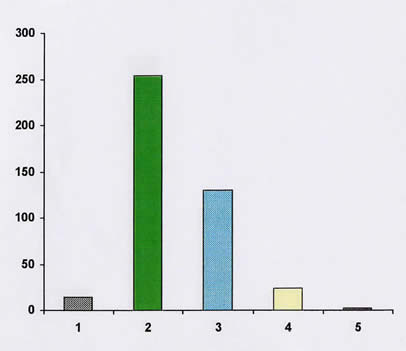Core Conservation
Condition Surveys
A full understanding of the condition of the LHSA collections is necessary to inform priorities for preventive and interventive conservation treatment. To date LHSA has carried out two National Preservation Office (now National Advisory Centre, NAC) Preservation Assessment Surveys, the first in 1999-2000 of the collection as a whole and the second in 2001 of the photographic material only. These surveys have helped establish and develop LHSA’s preservation and conservation programme and have provided supporting evidence for external funding applications. The positive impact this survey method has had on LHSA is described in an article for the NAC e-Journal.
NAC Preservation Assessment Surveys
Once priorities have been identified by the NAC Survey, more in-depth surveys of specific parts of the collections are carried out to determine which particular items need interventive treatment and/or re-housing, and to provide estimates for associated cost and time required. These surveys are not based on a formal model like the NPO Survey, instead the criteria for assessment and format for recording the data collated varies according to the type of material and proposed end use for the findings. Examples of this include a survey the Scottish Museums Council were commissioned to undertake in order to determine the condition of the object collection, and an in-house assessment to ascertain how far the repository met the specifications of BS5454:2000: Recommendations for the storage and exhibition of archival documents.
The survey data and written reports based on it are retained for comparison with future condition surveying in order to assess progress. The image below shows a bar chart from the 1999-2000 NAC Survey showing the anticipated impact of improved physical conditions for the collections: most items would be (2) low preservation need.
 |
Designed by the Learning Technology Section, © The University of Edinburgh

